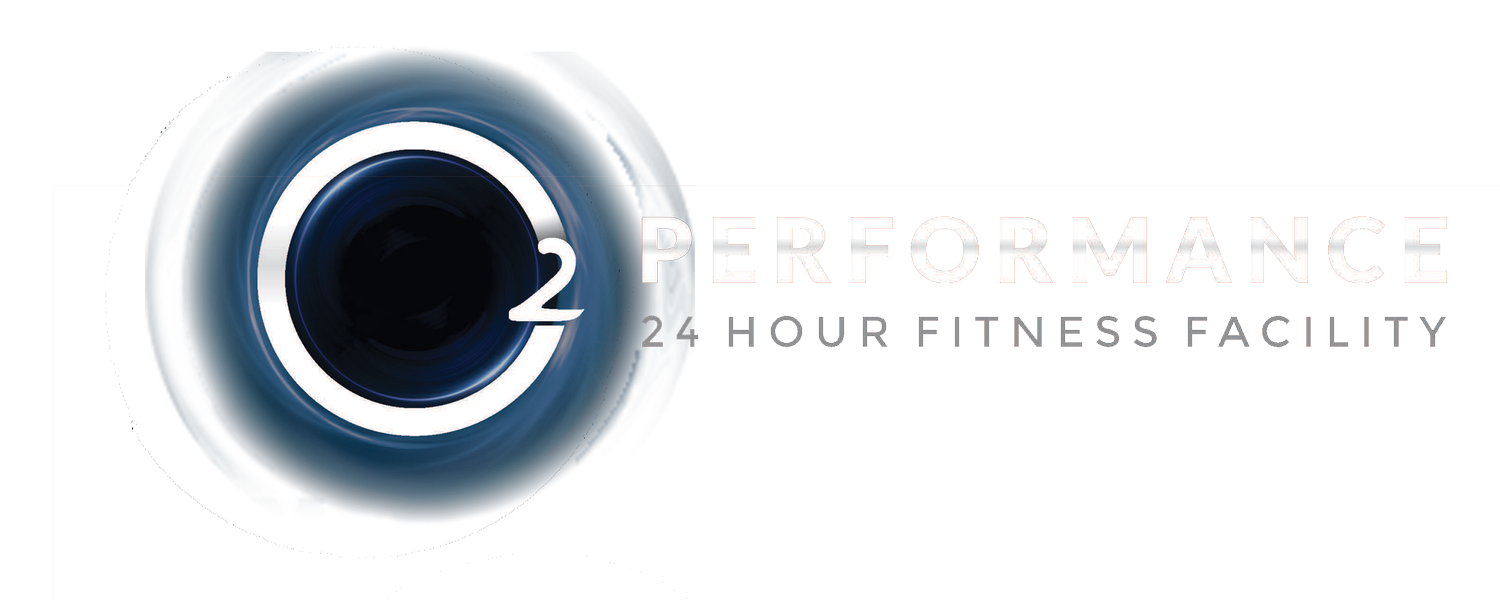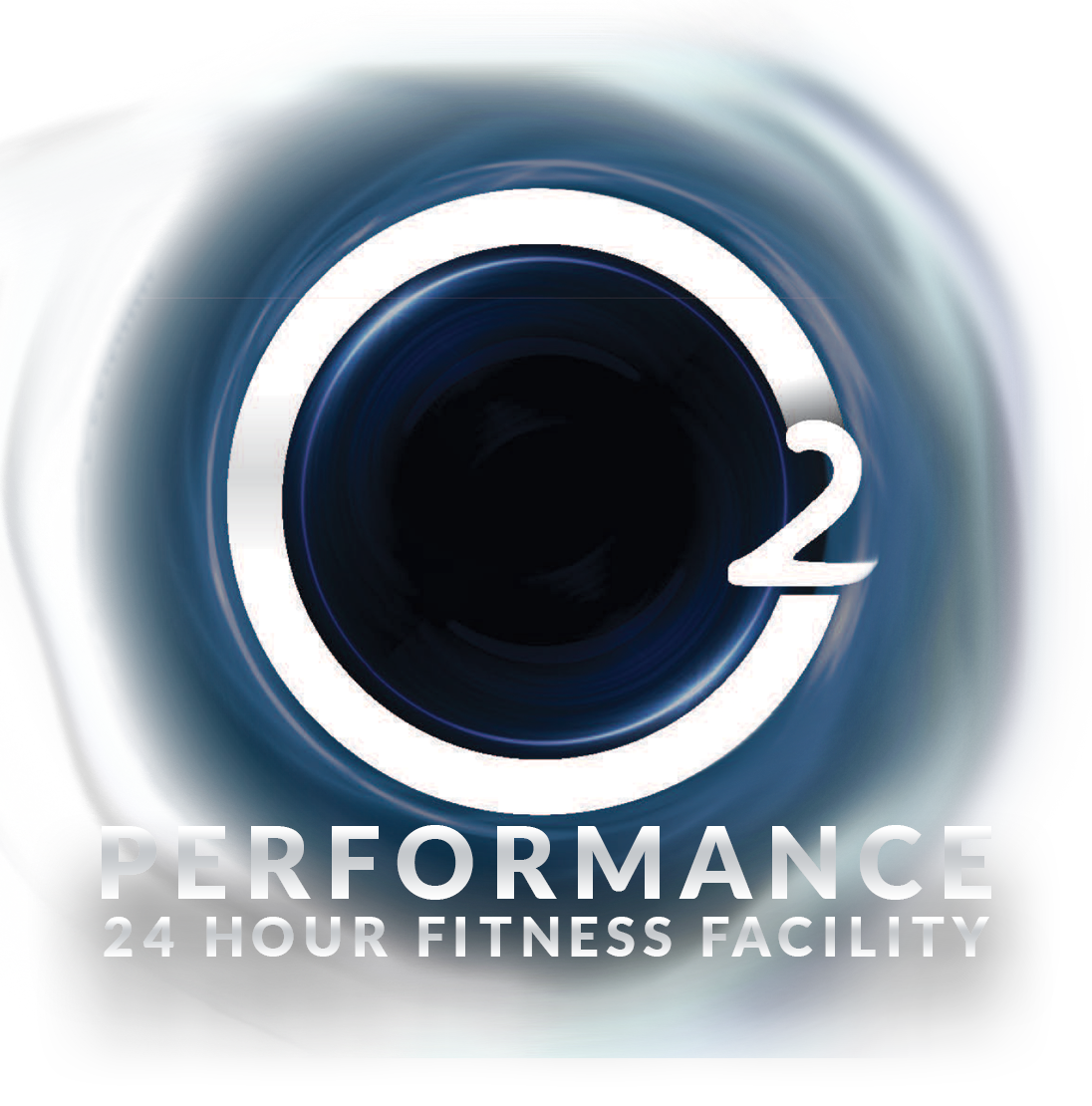Elevate Your Workouts: The Art of Periodisation Training
Are you stuck in a fitness rut? Do you find yourself hitting the same plateaus, struggling with motivation, or feeling like your workouts have become stagnant? It might be time to introduce some fresh strategies into your training routine. Enter the world of periodisation training, a method that can breathe new life into your fitness journey and help you achieve your goals.
What is Periodisation Training?
Periodisation training is a structured approach to organising your workouts. Instead of following the same routine week after week, month after month, periodisation involves breaking your training into distinct phases or cycles, each with a specific focus. These cycles vary in intensity, volume, and exercise selection, allowing you to challenge your body and avoid adaptation systematically.
The core idea behind periodisation is to prevent overtraining and burnout while continually pushing your limits. It's like a well-crafted symphony for your muscles, where each phase serves a different purpose but contributes to the overall masterpiece of your fitness progress.
The Benefits of Periodisation
Break Plateaus: One of the primary benefits of periodisation is its ability to break through training plateaus. When you consistently do the same exercises and routines, your body adapts and becomes more efficient, which can lead to stagnation. Periodisation introduces new challenges, shocking your muscles into growth and progress.
Reduce Overtraining: Overtraining can lead to burnout and even injury. Periodisation includes planned periods of lower intensity and recovery, preventing overtraining and allowing your body to rejuvenate.
Enhance Motivation: Knowing that your workouts have variety and purpose can significantly boost your motivation. It keeps your training exciting and makes it easier to stay committed to your fitness goals.
Optimise Progress: With periodisation, you can tailor your training to your specific goals. Whether you want to build strength, increase endurance, or focus on hypertrophy, you can customise your workouts to suit your needs.
The Three Phases of Periodisation
Macrocycle: This is the big picture. It covers your long-term goals, typically spanning several months to a year. It involves dividing your training year into distinct phases, each with its unique focus.
Mesocycle: The mesocycle is the mid-range plan, usually lasting a few weeks to a few months. Each mesocycle has a specific goal, such as building strength or improving endurance.
Microcycle: The microcycle is the shortest phase, typically lasting a week. It details your day-to-day workouts, exercises, and training intensity. It ensures that you're constantly progressing towards your mesocycle and macrocycle goals.
How to Get Started with Periodisation
Set Clear Goals: Determine your fitness objectives, whether it's strength, endurance, or muscle gain.
Create a Plan: Develop a periodisation plan that outlines your macrocycle, mesocycle, and microcycle phases.
Diversify Your Workouts: During each cycle, incorporate different exercises, intensities, and rep schemes to keep your body guessing.
Track Your Progress: Keep a training log to monitor your gains, adjust your plan as needed, and stay accountable.
Allow for Recovery: Make sure you incorporate recovery phases in your plan to prevent overtraining and burnout.
Stay Flexible: Be open to adjusting your plan as your body responds to the training. Everyone is unique, and what works for one person may not work for another.
If you've hit a wall in your fitness journey or are looking for a more structured approach to your training, periodisation is a game-changer. By systematically varying your workouts and setting clear goals for each phase, you can break through plateaus, reduce the risk of overtraining, and keep your motivation at an all-time high. Embrace the art of periodisation and take your fitness to new heights. Your body will thank you, and so will your fitness progress.


